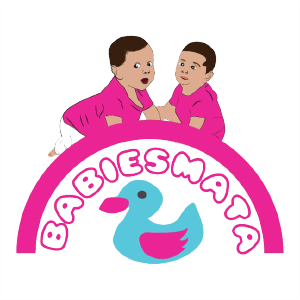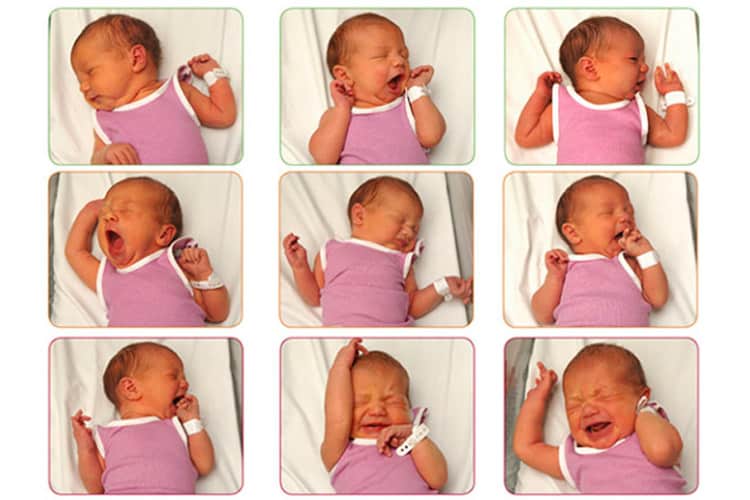Baby Cues and What They Mean
Only a mother best understands her child. A child speaks in an unclear language that hardly anyone understands. It is the mother, the best friend that can interpret such an unknown language. No wonder they say life does not come with a manual; it comes with a mother. She is the solution provider for a child\’s needs. There is usually no substitute for her.
As a baby grows, he or she makes several signs that meant different things. Take, for instance, when a baby is crying, it\’s either the child is hungry or needs a diaper change. All these are baby\’s cues. They are several ways a child communicates his or her needs. Not everyone understands these cues, but a mother does.
There are different baby cues and the way they interact differs from one another. But with time, you get to understand what those interactions mean. As the child continues to grow, the cues become clearer by doing a lot of baby watching.
What is the importance of understanding a baby cue?
When you understand your baby\’s signals, you are helping you and the baby. Caring for your baby\’s needs becomes more comfortable. The benefits of understanding a baby\’s cue cannot be overemphasized. They include (but not limited to):
1. It helps your baby to develop a sense of trust in her ability as regarding influence on the environment.
2. A secure bond will be formed between mother and child.
3. Baby cues are essential prerequisites to relationships and emotional development.
4. When you understand and respond to your baby\’s cue, you teach him or her emotional regulation. It enables them to realize that they have control over their emotions. Take, for instance, when your baby is crying, and you soothe her, she tends to calm down (emotion regulation).
Read Also: How to help your baby burp
How do you interact with your baby when she makes specific cues?
Once you have learned to read and understand your baby\’s cue, you will be better able to respond to their needs. When your baby makes cue, how do you interact?
- Hold her hand
- Feed her
- Change her diaper
- Give her a bath
- Talk or sing a song for her
- Gently place your hand on her tummy while you allow her to grab your finger
Types of baby cues
- I am hungry. A baby suddenly doesn\’t end up crying when they are hungry. They give signs like sucking on their fists, making sucking sounds with their mouths, making little noises, etc. All these subtle cues show that they are ready to feed. Once these cues are ignored, they end up crying, which is a late hunger cue.
- Could you play with me? When your baby\’s eyes are bright and wide, they show they are ready to play. A baby sleeps a lot, and because of that, they have little time to play. As they grow older, they have more time to play, and their signals become more explicit. Your child may also turn towards you at the sound of your voice or look at your face. She then begins to move the arms and legs ready for play. She might also grab hold of your finger or even pause her small lips as if she\’s communicating. If you respond to her, she will smile, babble, and make eye contact. All these cues show that your baby needs you to play with her.
- I need a break. A baby gives a clear disengaging signal that she\’s tired or needs a stop from the activity ongoing. When your baby looks away or turns head towards another side, kicks or squirms, coughs, spits up, or aches back, she shows that she needs a break. All these are stop signals. Other tiring, break, or a change in activity includes yawning, wrinkling of the forehead, frowning, or hiccups. Your baby may start to cry, fuss, or make thrashing movements when trying to tell you to stop playing, but you insisted.
- I want to sleep, or I am sleepy. We all like sleep, and we don\’t like to be disturbed when we are craving for rest. By the time your baby starts showing sleepy signs like yawning, keeping quiet, fussing, rubbing eyes and ears, clenching fists into tight balls, frowning, becoming still, and knotting of eyebrows, making of jerky movements, lost of interest in toys and people, etc. Gently put your baby to bed rather than waiting for her to sleep off completely. Once you observe these signs and abide by it, your baby will sleep comfortably without stressing yourself. If you missed these cues, your baby might become grumpy or excited and find it difficult to settle.
- I am warm, cold, or needs to be carried. When your baby is crying and fussing, they might probably be warm or cold. You need to check their temperature to see if you need to change their dress or wear another one to it. Because babies can\’t regulate their body temperature, they need to be worn double clothes than you. That does not mean you should overheat them. Always check their temperature and ensure it is fit for that moment. At times, they might be the only one left in the room and no one around them; they start crying. They need people around, and carrying them at that moment will be super dope for them.
- I am full. When your baby no longer shows interest in the food, spit out food, push the feeding bottle away, removes mouth from sucking your breast, closes mouth, turns head away, or eats slowly. All these show that your baby is full, and you need to stop feeding at this point.
- I am distressed. If you noticed that your baby is frowning, making jerky movements, making sounds, or turning red on the face, it might mean your baby is distressed. You will need to comfort and attend to her needs to know what she wants.
Read Also: Ways to put your baby to sleep quickly
All these signs differ in babies. As you play and nurse your baby, you will begin to observe these cues and understand what each means. All you need do is to take your time to study the diverse ways your baby communicates. By the time you spend more time watching and being present around your baby, you will become used to these baby cues and understand what they mean. In return, you will be able to respond in ways that best suit your baby.




